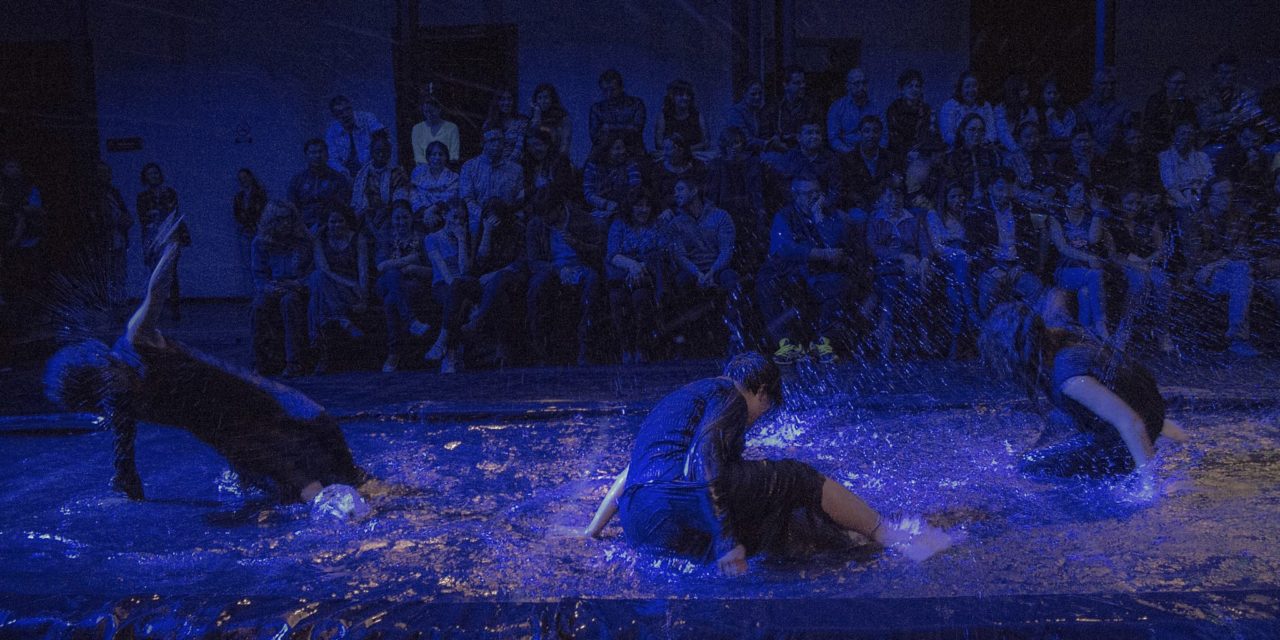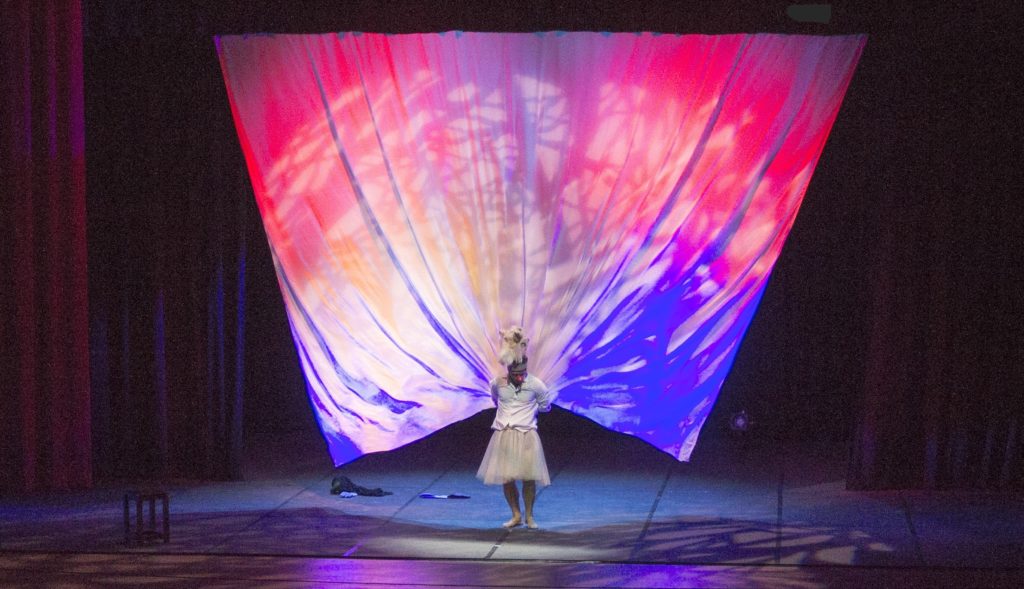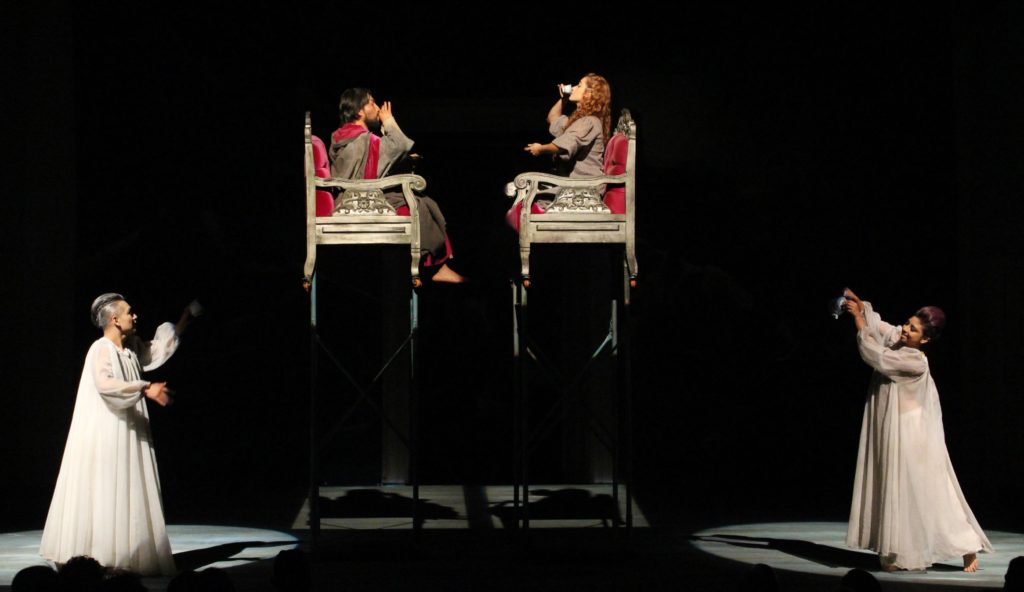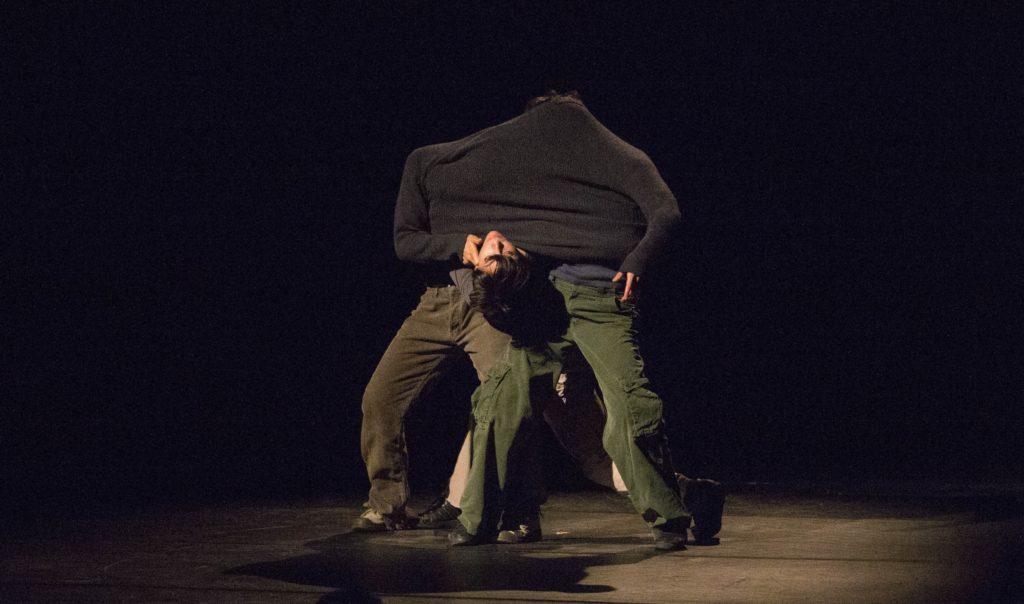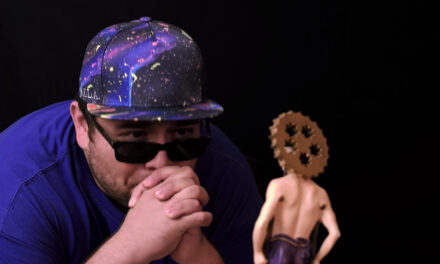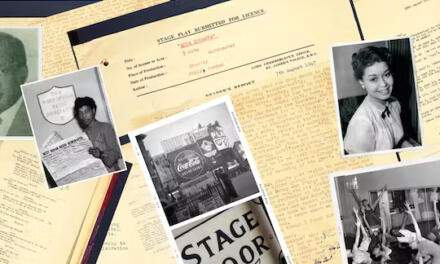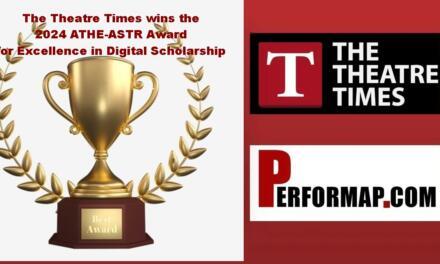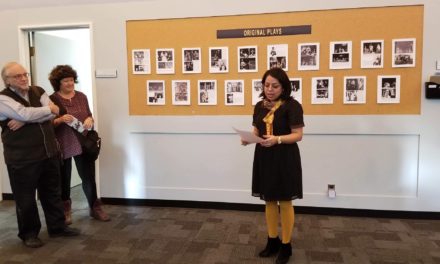On November 17–27, 2016, Loja, considered the cultural capital of Ecuador because of its long artistic tradition, hosted the First International Festival of Live Arts, which became a cultural landmark for Ecuador to promote the national performing arts. Inhabitants of and visitors to the city lived joy, festivity, art, and heritage.
According to the official program, 54 shows were performed in theaters, parks and streets; and another 126 events were registered in an alternating and massive program of music, theater, performance, puppet conferences, exhibitions, workshops and forums.
The FIAVL, directed by Patricio Vallejo Aristizábal, brought together 458 artists from Ecuador, France, Spain, Denmark, China, Japan, Peru, Colombia, Mexico, Argentina, Brazil, and Cuba, as well as 29 Ecuadorian groups. A total of 31,261 people enjoyed their works, both in the main venue, Loja (29,970 spectators), and in the so-called Camino a Loja (The way to Loja), in October and November, in the provinces of Manabí and Esmeraldas, which were attended by almost two thousand people.
Loja, the nucleus of this great creative force, became an open stage 24 hours a day. In the beautiful cultural capital of Ecuador, 41 of the 54 events programmed were held at the Benjamín Carrión Mora National Theater, which has 900 seats. A total of 22,270 spectators attended the 41 functions (21 paid and 20 free to all), not counting the thousands who attended the OFF festival under the charge of the Municipality of Loja.
The national groups present were Ensayo Theater, National Dance Company, Loja Symphony Orchestra, El Pez Dorado, Backlight, Actors Studio, Beatriz Parra, The Factory, Magic Drops, Gestural Theater, Circle of Performing Arts, Theater of Heaven, Los Perros Callejeros (The Street Dogs), La Rana Sabia (The Wise Frog), La Trinchera (The Trench), Los Chigualeros, Javier Andrade, Alberto Caleris, Camerata of the Ecuadorian House of Culture, Ceibadanza Company, La Caña cultural group (The Cultural Cane Group), Juan Manuel Valencia, Juana Estrella and Zero no Zero, Los Mentaos de la Manigua, Home Theater, Inclusive Theater, and Theater and Invisible Bridges.
Foreign groups were Clori Gatti and Pablo Schapira (Argentina), Counters of Lies (Brazil), Cridacompany (France), Erick Bouvron (France), La Coperacha (Mexico), Les Souffleurs (France), Odin Teatret (Denmark), Olé (Spain), SakidoYokoo (Japan), Teatro La Candelaria (Colombia), Teatro La Rosa (Cuba), Labio de Fiebre (Colombia) and Yuyachkani (Peru).
The arrival of the FIAVL promoted a social and playful dynamic in public spaces. Streets, squares, avenues, cafes, sidewalks, and corners became places conducive to theatre, clowning, dance, and theatrical circus. From the beginning of this cultural festival, people sought encounters with their neighbors in the parks and streets, where a social dialogue was built.
Eugenio Barba, founder of the International School of Theatre Anthropology (Odin, Denmark), described the FIAVL as a perfect event: “This meeting moved our energy, our being; it is like when a baby is born, we should not allow it to die but instead do everything we can so that it continues living.”
On the other hand, Altaira Rojas, a young cultural promoter from Loja, underlined the programming as the axis of success; she said that there is an institutional platform consolidating the possibility of the annual reissue of the festival, so we expect to host it again in 2017.
Collaboration of Carmen Guerrero
This post was written by the author in their personal capacity.The opinions expressed in this article are the author’s own and do not reflect the view of The Theatre Times, their staff or collaborators.
This post was written by Lola Proaño Gomez.
The views expressed here belong to the author and do not necessarily reflect our views and opinions.

